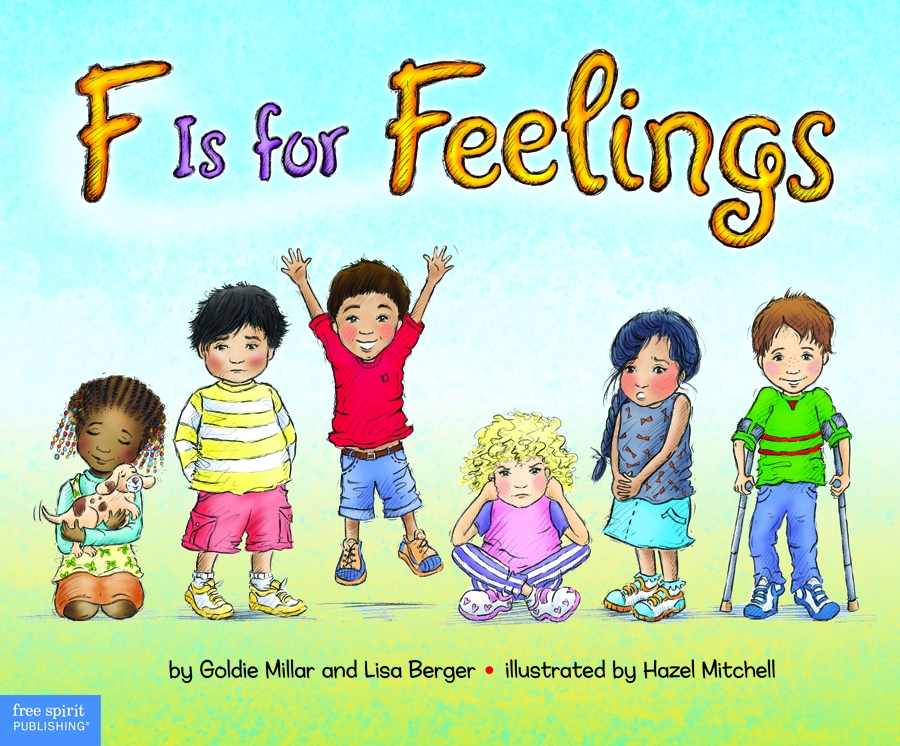

This activity is a great starting point for teaching young children about emotions. What’s your favorite way to get young children talking about emotions? Add your idea in the comments below!

Adapted from some new and classic Brookes resources on social-emotional development, these activities are ideal for use in early childhood programs (and parents can easily adapt them for home, too!). In today’s post, we’re sharing a few simple games and activities you can use to teach young children about emotions: how to recognize and name them, how to talk about them, and how to pick up on the feelings of others. One panel on page 31 has been altered from the original, however: when the boy puffs out his chest and poses, the girl originally guesses he's illustrating "fat" (all caps, no punctuation, like "angry" and "sad" above it) in the revision, she guesses "Strong?" instead.Having the vocabulary to talk about emotions is an important part of healthy social-emotional development. The cover art drops the old all-caps serifed title and author lettering, using a bubbly font twice the height for the title and adding "by" before the author's name (in a bold sans-serif too) it uses bolder colors for the artwork and moves the panels closer together, and adds the last panel of page 31 around the author's name. Scholastic editions may be stapled with no spine lettering and may also leave out page numbers.Ī 2019 edition is nearly identical to the original book, with the major change being a note from the author added inside the front cover. Mulberry editions (1986) have a " Reading Rainbow Book" logo in the bottom right corner of the cover and Scholastic editions (1991) have the usual Scholastic imprint on the bottom left. A Scholastic edition also contains a story on the back cover: two friends writing and receiving a letter. These are in some Mulberry and Scholastic editions. In order, these stories are of a reluctant water slide rider, a girl taking care of birds outside, a broken and mended vase, and recovery from a bad dream. Each page is a 16-panel story like the ice cream one on the front cover. Some editions of the book contain extra spreads of wordless panels on colored pages at the beginning and end of the book (not directly against the covers). Reading Rainbowįeelings was featured on an episode of Reading Rainbow that first aired on June 25, 1986. Two birds comment on the feelings depicted on each page. Each page has several small pictures, sometimes as many as twenty a page, to describe the emotions visually. The book depicts children feeling various emotions. This picture book is written and illustrated by Aliki Brandenberg. It is also featured in a Reading Rainbow episode in 1986. Children's literature, picture book, Emotionsįeelings is a children's picture book by Aliki Brandenberg published in 1984.


 0 kommentar(er)
0 kommentar(er)
